Before there was the National Park Service, there was the U.S. Army.
Yellowstone National Park was established by an act of Congress in 1872. But the National Park Service wasn’t founded until 1916. So how was the Park managed for that 44-year gap?
Yellowstone, as the world’s first national park, was something of a test case, Park Historian Lee Whittlesey explained recently. There had never been a national park, so there wasn’t a model for how to care for it.
The original act stated the Park had been established “as a pleasuring ground for the benefit and enjoyment of the people.” Management was placed under the Secretary of the Interior, who was also charged with creating the regulations to “provide for the preservation, from injury or spoliation, of all timber, mineral deposits, natural curiosities, or wonders within said park, and their retention in their natural condition.”
The problem, Whittlesey explained, is that squatters and poachers and those interested in profiting from the new tourist destination settled around the Gardiner and Mammoth area almost immediately. They built a private hotel without permission, cooked food in the hot springs, and sold “coated specimens,” everyday objects that were suspended in the hot springs until they became covered in mineral deposits.
Tourists trampled the geyser basins before there were established boardwalks and carried away chunks of geyser cones as souvenirs. They pocketed so much petrified wood that park managers eventually built a spiked, wrought iron fence around a couple of remaining upright petrified trees near Tower Junction.
Early Park superintendents weren’t paid, Whittlesey said. Some took the job seriously, but others didn’t. In the meantime, news of the Park’s mismanagement reached Congress, thanks to a disgruntled former employee who had a brother in the House of Representatives.
In 1886, a bill to continue the salaries of the Park superintendent and assistants died, and suddenly no money was available for the park, Whittlesey said.
The assistant superintendents left their posts and “lawlessness prevailed,” Whittlesey said. The Secretary of the Interior then called upon on the Secretary of War for assistance.
On Aug. 17, 1886 Captain Moses Harris and 50 men of Troop M, First United States Cavalry from Fort Custer, Montana Territory, at Hardin arrived at Mammoth Hot Springs and found the place deserted, Whittlesey recounted.
One of the troop’s first duties was fighting a forest fire on Bunsen Peak, not far south of Mammoth.
“The fire was purposely set by Gardiner locals who resented the government intrusion,” Whittlesey said, but the squatters were the real intrusion. The Park had been established before there were squatters.
Gardiner had been established as a town by late 1879 or early 1880, with the establishment of a post office.
“The Army wasn’t supposed to stay very long, but it ended up staying for 32 years,” Whittlesey said.
The Army established Camp Sheridan in the Mammoth Hot Springs area and later built the buildings that now house the Albright Visitor and Education Center and administrative offices as well as employee housing on what is still known today as Officers’ Row.
The soldiers were put in the role similar to that of today’s law enforcement ranger.
“The Army had to adjust its ways from war outfit to protective services,” Whittlesey said, “Guarding the curiosities—hot springs, animals and petrified trees.”
Soldiers didn’t provide education or provide much in the way of information and background on the features to the tourists.
“A few dabbled in it,” Whittlesey said, “But interpretation was a function of the stagecoach drivers.”
The soldiers’ duties weren’t clear at first and had to be figured out on the job, Whittlesey said. By 1907 the Army was publishing a handbook called “The Little Red Book.” Whittlesey said he can tell the soldiers carried them around for reference because the copies on file in the archives are bent as if they’d been carried around in a back pocket.
In its efforts to combat poaching, one tip in the book said “Anyone traveling in Yellowstone from Oct. 1 to June 15 is to be regarded with suspicion.” Park facilities back then were generally only open for a short summer season from June 15 to Sept. 1.
Over the years, national park duty started to become a strain for the Army. More national parks were created after the Army’s arrival in Yellowstone in 1886—among others including Yosemite in 1890, Mount Rainer in 1899, Crater Lake in 1902, Wind Cave in 1903, Mesa Verde in 1906 and Rocky Mountain in 1915. And there was another event on the horizon where America’s troops would be needed—World War I.
The National Park Service was created by an act signed by President Woodrow Wilson on Aug. 25, 1916, according to information on the NPS website.
During the summer of 1916, the Park began handing over control of the park to the newly formed National Park Service. But the changeover was difficult. While trying to move the Army out and the NPS in, there was a new problem—getting the roads in shape for a new mode of transportation that had recently become popular—the automobile.
“It was a chaotic time,” Whittlesey said.
Cars had only been allowed in the park the previous summer, he explained, and the combination of stagecoaches drawn by horses, along with loud automobiles prone to backfiring, was disastrous. Automobiles spooked the horses. There were several stagecoach wrecks in 1916 and one automobile fatality during the 1915 season, Whittlesey said.
So officials decided to eliminate stagecoach travel completely after the 1916 season, one of the last places in the United States to do so, Whittlesey said. Small buses, called touring cars, became the new mode of mass transportation.
Then there was another hurdle. Two Montana senators, unhappy that a military base — Fort Yellowstone—was closing in their district, successfully cut off funding to the new National Park Service. The Secretary of the Interior called on the Secretary of War—again.
The military, which had been gone for all of two months, returned to Yellowstone for an additional two years while the politics was worked out.
By 1918, the National Park Service came to stay.
The NPS was busy in its early years with basic services. In addition to building roads, with help from the Army Corps of Engineers, the new Park Service got busy building campgrounds. The brand-new motorists wanted to camp. The Army had allowed campers or “sagebrushers,” to camp anywhere they liked, but the new park rangers wanted to consolidate them into fixed campgrounds.
Oddly, those early automobile owners also wanted carports under which to park their vehicles. The cars were open to the elements and the motorists wanted to protect their leather interiors. So carports were built, Whittlesey said.
The Park also had to find a gasoline concessioner to build gas stations. The Park offered the contract to Conoco, which continues to sell gas within the park today.
It took about 10 years for park officials to get caught up on road building and other infrastructure before they could begin to think about offering education, known as “park interpretation,” to visitors, Whittlesey said.
Today, the National Park Service oversees 412 areas covering more than 84 million acres, including national parks, monuments, battlefields, historic sites, recreation areas, seashores, and even the White House, according to https://www.nps.gov/aboutus/faqs.htm. The parks employ about 22,000 permanent, temporary and seasonal employees and get untold help from 221,000 volunteers.
 Yellowstone Insider Your Complete Guide to America's First National Park
Yellowstone Insider Your Complete Guide to America's First National Park
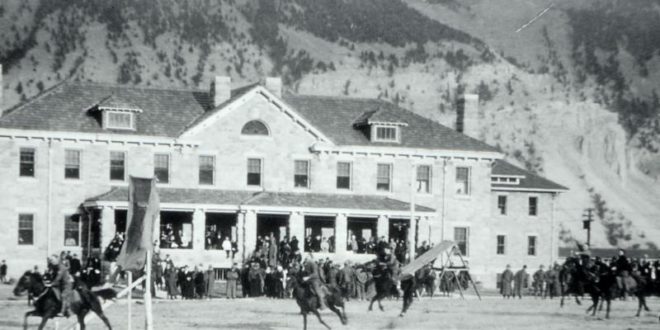
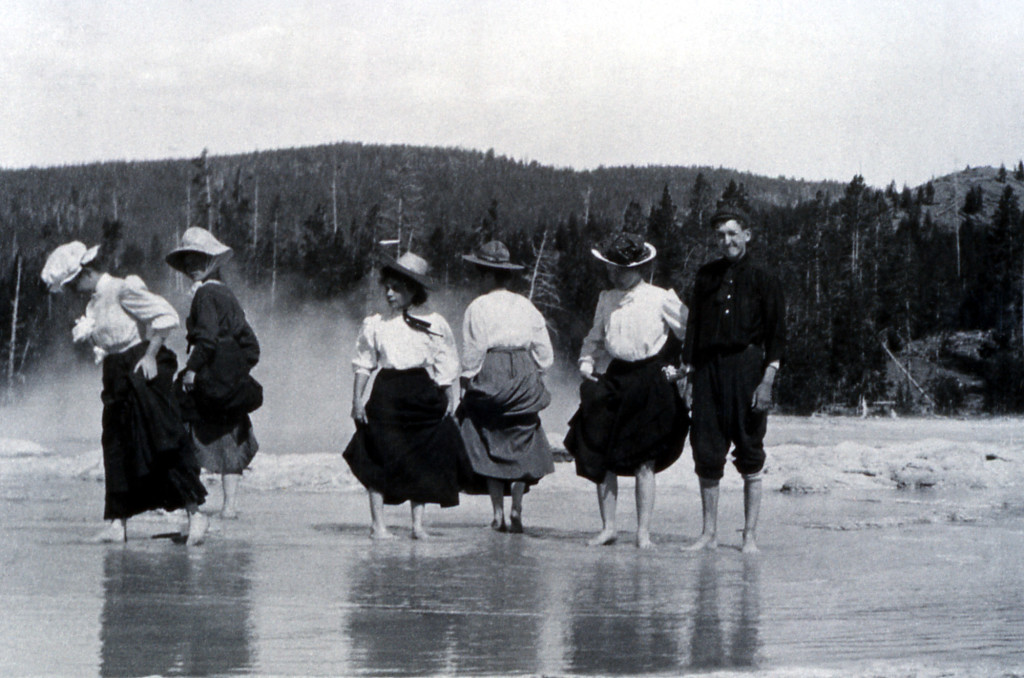
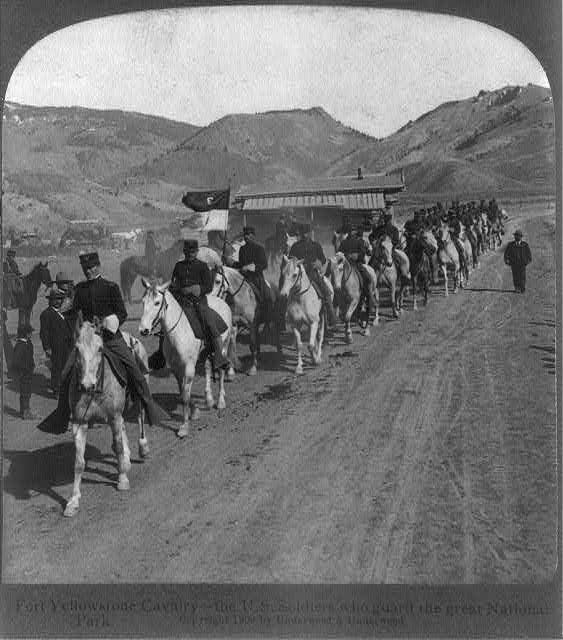
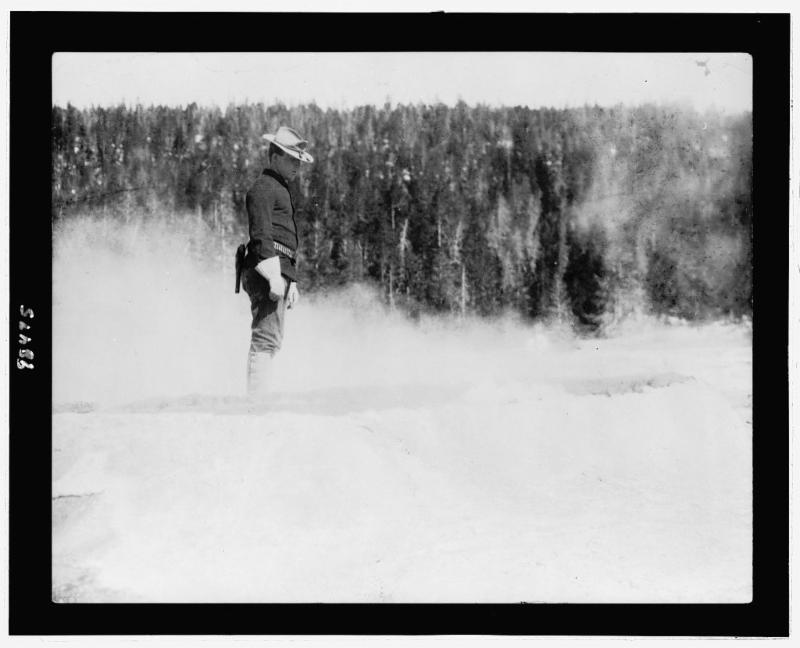
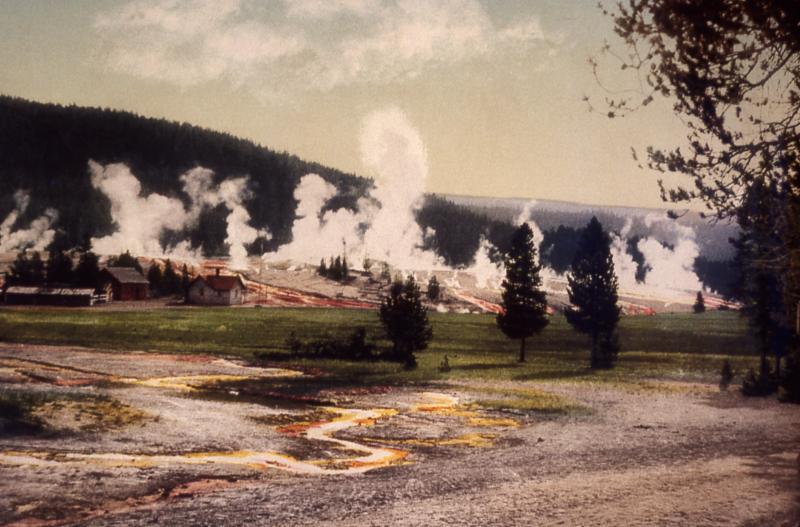




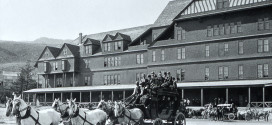
You must be logged in to post a comment.